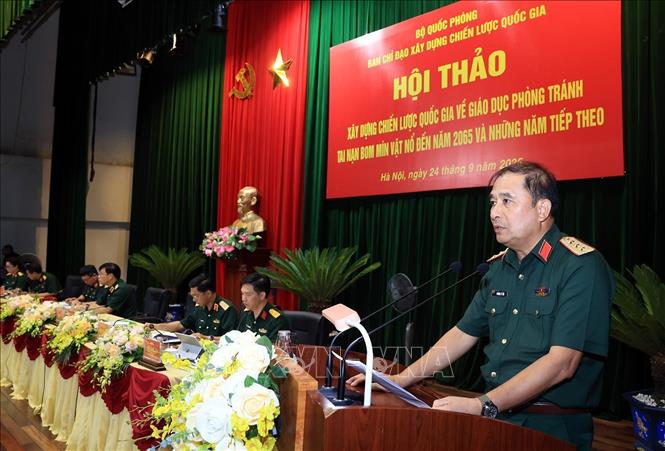
In his opening speech, Senior Lieutenant General Phung Si Tan, Deputy Chief of the General Staff of the Vietnam People's Army, Deputy Head of the Standing Office of Steering Committee 701, Deputy Head of the Steering Committee for the development of the National Strategy on education on prevention of mine and explosive hazards, affirmed that the results of the implementation of the National Action Program on overcoming the consequences of post-war mines and explosive hazards in the period 2010-2025 (Program 504) showed that education on prevention of mine and explosive hazards has had positive changes. Many models and programs on education on prevention of mine and explosive hazards have been widely deployed at both central and local levels.
These activities have received attention from authorities at all levels and support from the international community, bringing about clear results. The number of mine and explosive accidents nationwide has decreased significantly due to positive changes in awareness, attitudes and safety behaviors of the community in polluted areas. However, these activities are still scattered, lacking unity, and lacking a comprehensive national strategy. The lack of coordination mechanisms, the lack of specialized staff and the lack of standardized documents are major barriers in the process of implementing education on mine and explosive accident prevention for the people.
Carrying out the tasks assigned by the Government, the Ministry of National Defense has presided over and coordinated with ministries, branches, localities, international organizations and experts to develop a draft National Strategy on education on prevention of mine and explosive accidents until 2065 and the following years.
The Draft Strategy has identified the objectives, viewpoints, key tasks, and proposed solutions for implementation in stages in accordance with the national goals of socio-economic development in the new era, the era of national development. The Draft also identifies the leading role of State management agencies, while emphasizing the close and synchronous coordination between ministries, branches and localities; developing solutions to mobilize and encourage the active participation of socio- political organizations, governments of countries and international organizations in the work of education on prevention of mine and explosive accidents nationwide.
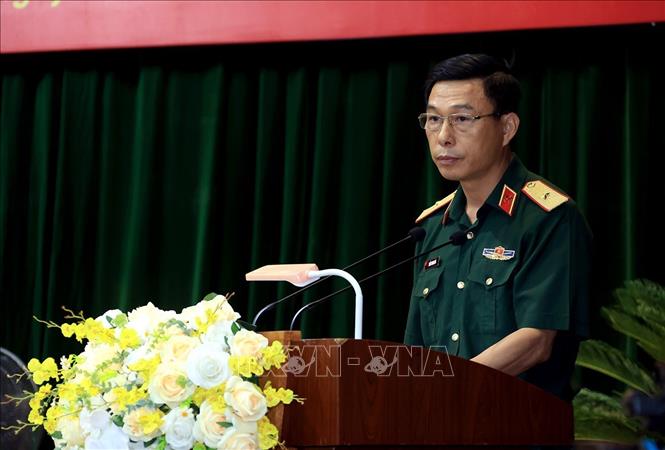
Introducing the workshop, Major General Tran Trung Hoa, Commander of the Engineer Corps, General Director of the Vietnam National Mine Action Center, said that the draft Strategy consists of 5 parts, identifying 3 specific stages. Stage to 2035: Strengthening the capacity of cadres, disseminating knowledge to communities in heavily polluted areas, ensuring that 70% of the population in these areas and 100% of high-risk groups have access to education on preventing mine and explosive accidents. Stage 2035 - 2045: All communes have the capacity to organize educational activities themselves; 100% of the population in polluted areas participate in the program. By 2065: Completing the goal of Vietnam having no more mine and explosive accidents, building a safe and sustainable society.
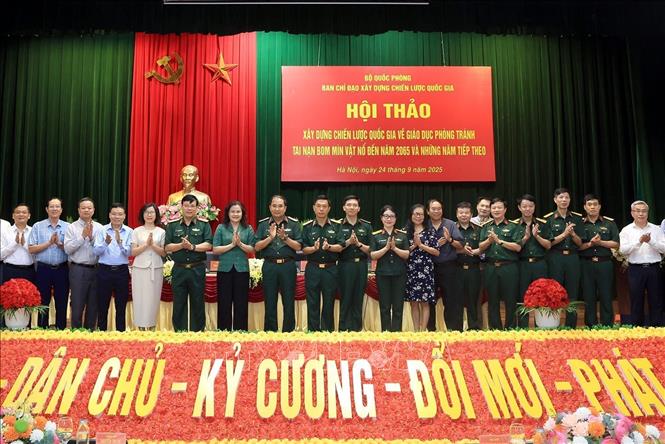
To continue perfecting the draft Strategy contents to achieve the highest quality, Major General Tran Trung Hoa requested the delegates attending the workshop to contribute their opinions focusing on a number of key issues, including: The necessity of developing and promulgating the Strategy, the completeness, suitability, and feasibility of the viewpoints and objectives in the draft Strategy; groups of tasks and solutions that need to be supplemented and adjusted to ensure effectiveness in the implementation process from central to local levels; orientations for mobilizing and using domestic and international resources; mechanisms for coordinating, coordinating, and monitoring and supervising the implementation of the Strategy; international experiences that can be applied appropriately to Vietnam's conditions...
From the practice of information and propaganda work of Vietnam News Agency in recent years, sharing at the workshop, Deputy General Director of Vietnam News Agency Nguyen Thi Su said that information and propaganda work to prevent post-war bomb and mine accidents needs to be carried out systematically, regularly, with focus, key points and suitable for each object, area and field. Press agencies need to diversify types, products, information methods, deploy topics, columns, and specialized information pages for each object.
In the context of the strong digital transformation of the press, the public's needs and ways of accessing information have changed a lot. Information and propaganda work to prevent post-war bomb and mine accidents needs to innovate in content and form, in the direction of being more vivid, closer, easier to understand, and more accessible to the public.
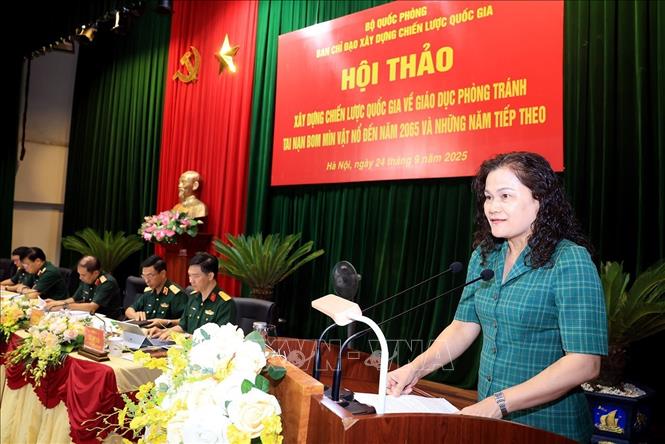
Deputy General Director of Vietnam News Agency Nguyen Thi Su emphasized that, as a bridge to convey messages and action programs of ministries, branches and localities related to the public, contributing to realizing the goals, tasks and solutions set out in the Strategy, press agencies need to be provided and shared information through a close and more regular coordination mechanism, directly through the Vietnam National Mine Action Center. At the same time, press agencies need to be facilitated when carrying out operational activities, organizing field trips, and need to be supported with necessary means and resources to be able to complete assigned tasks well...
Source: https://baotintuc.vn/thoi-su/doi-moi-phuong-thuc-truyen-thong-ve-phong-tranh-tai-nan-bom-min-vat-no-20250924134612330.htm





![[Photo] Binh Trieu 1 Bridge has been completed, raised by 1.1m, and will open to traffic at the end of November.](https://vphoto.vietnam.vn/thumb/1200x675/vietnam/resource/IMAGE/2025/10/2/a6549e2a3b5848a1ba76a1ded6141fae)


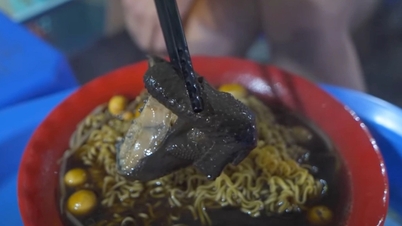

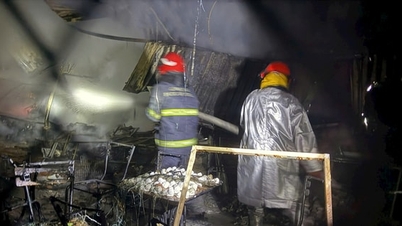

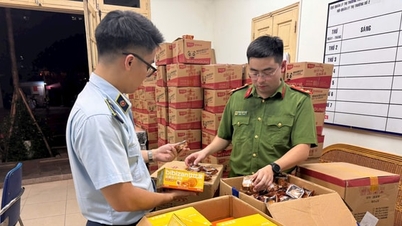
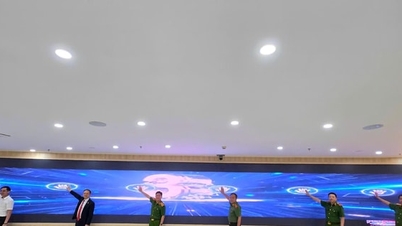


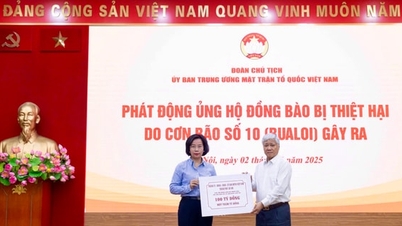
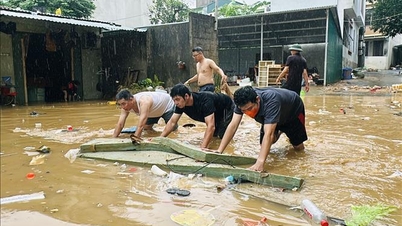
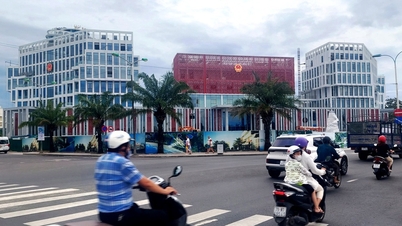


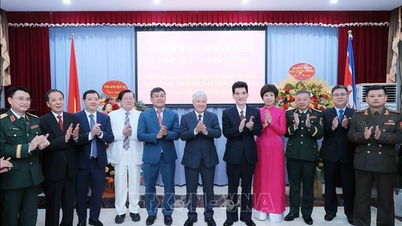
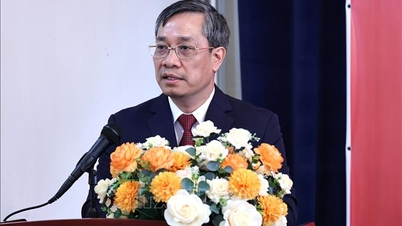
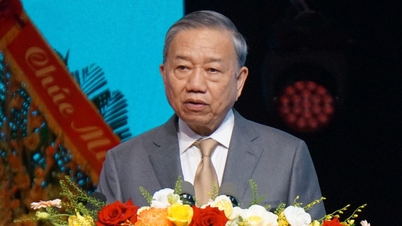




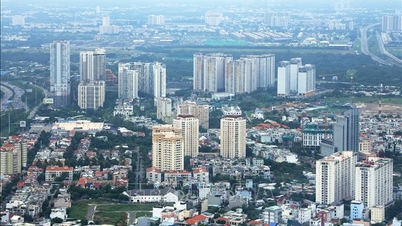

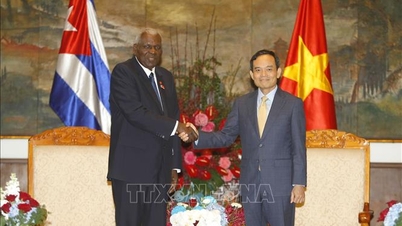
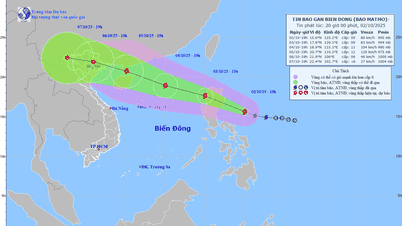
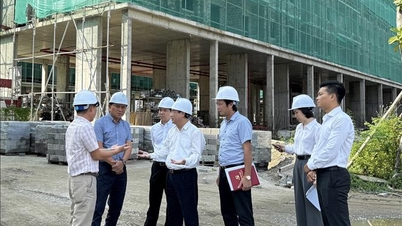
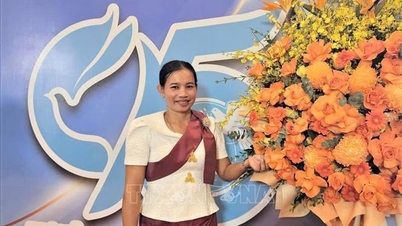













































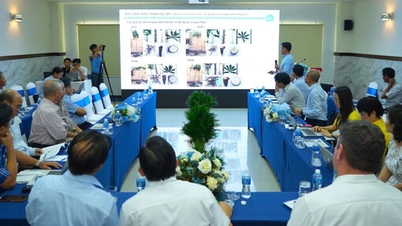

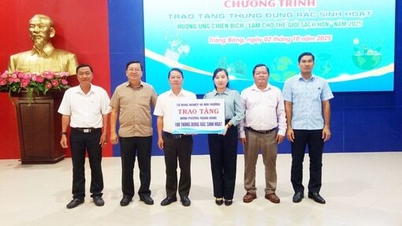
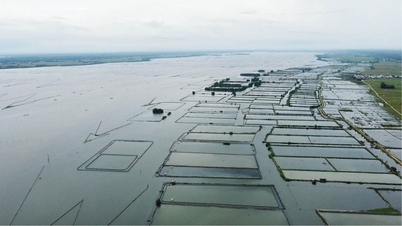




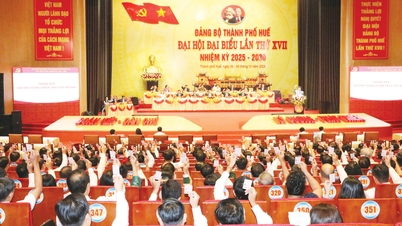













Comment (0)